Wilson Bigaud was born in Port-au-Prince, Haiti in 1931.

After starting out as a sculptor in clay, in 1946 Bigaud was introduced to Dewitt Peters, who discouraged him from continuing in that medium, suggesting he turn his talents to painting.
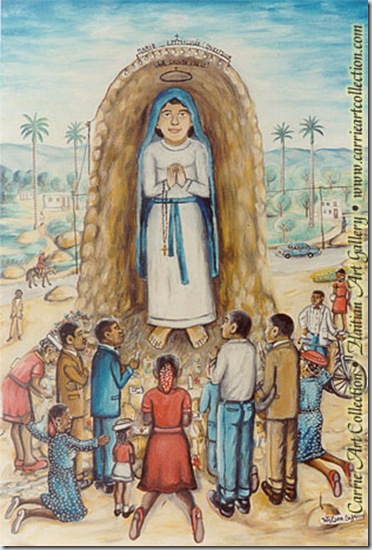
He enrolled at the Centre d'Art and began to paint under the direction of Maurice Borno.

His canvas entitled "Paradise" won second prize at an International Exhibition in Washington in 1950 and is now in the permanent collection of the Museum of Modern Art in New York. In the same year Bigaud painted his masterpiece, "The Wedding of Cana", the famous murals of the Episcopal Cathedral in Port-au-Prince.

Bigaud was able to establish convincingly the biblical story of the translation of water into wine in a wholly Haitian setting precisely because as a lifelong worshiper of loas he had witnessed such "miracles" during voudou ceremonies.
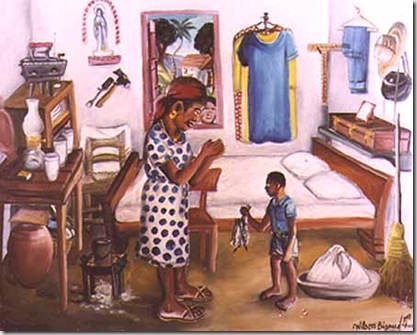
The body of his work represents his customary themes: everyday life in Haiti, violence, color, the mysteries of vodou, all bathed in the golden light characteristic of his work.
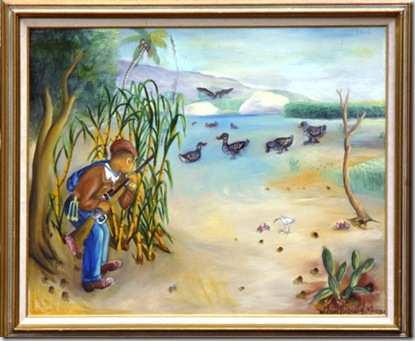
Bigaud suffered from severe depression for most of his life, which caused him to cease painting almost entirely for many years.

Dewitt Peters, founder of the Centre d'Art, described Bigaud as "obsessed by the fear of losing his gift," and the artist's friends believed that he had made a pact with a houngan - a voodoo priest - to preserve his talent.
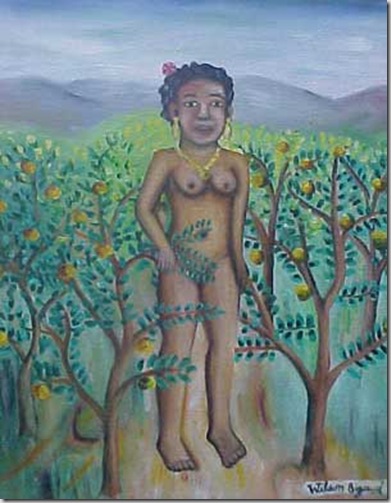
Bigaud is without question one of the major figures of Haitian painting.


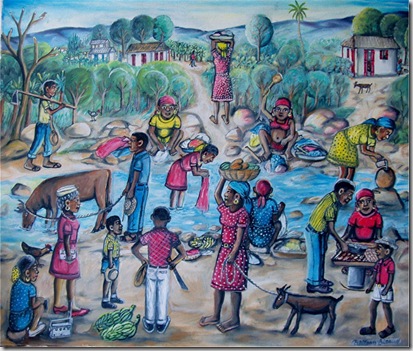



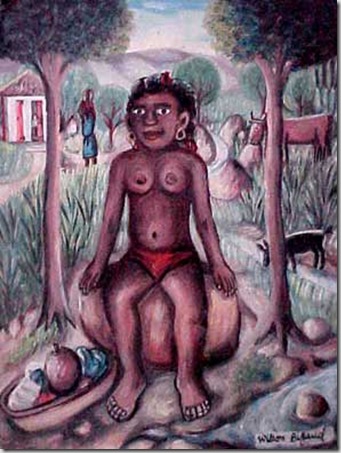

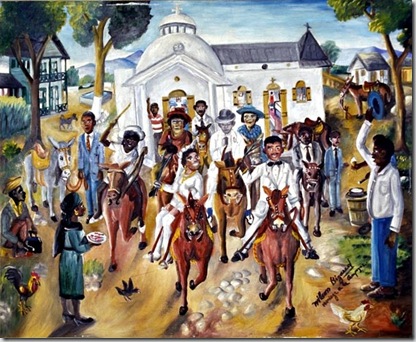
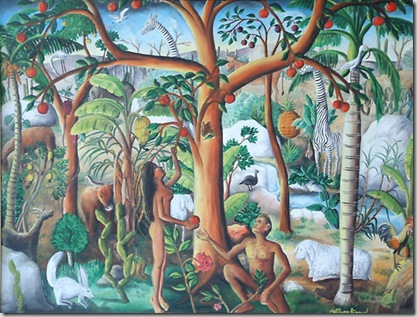







































Nessun commento:
Posta un commento